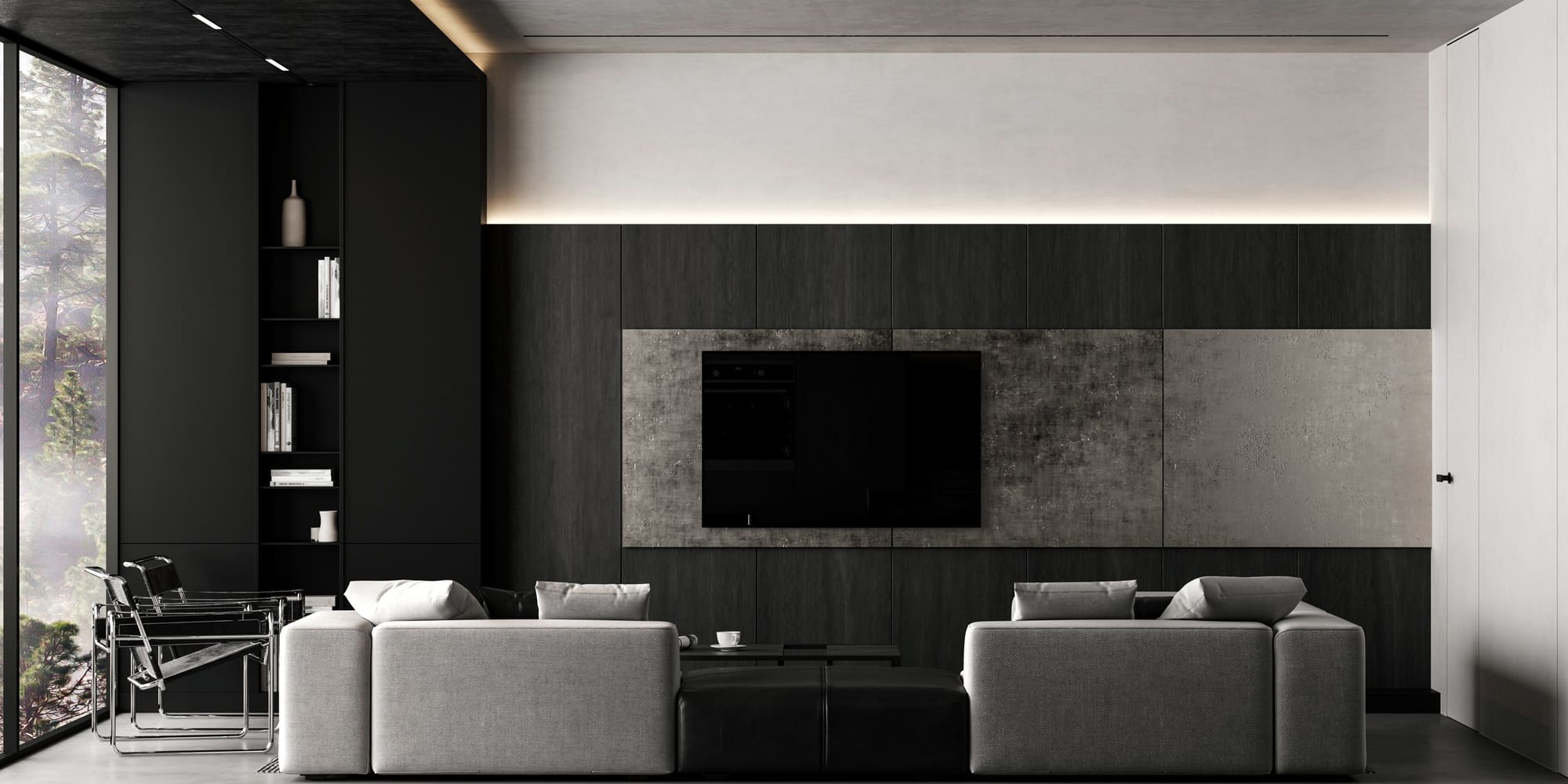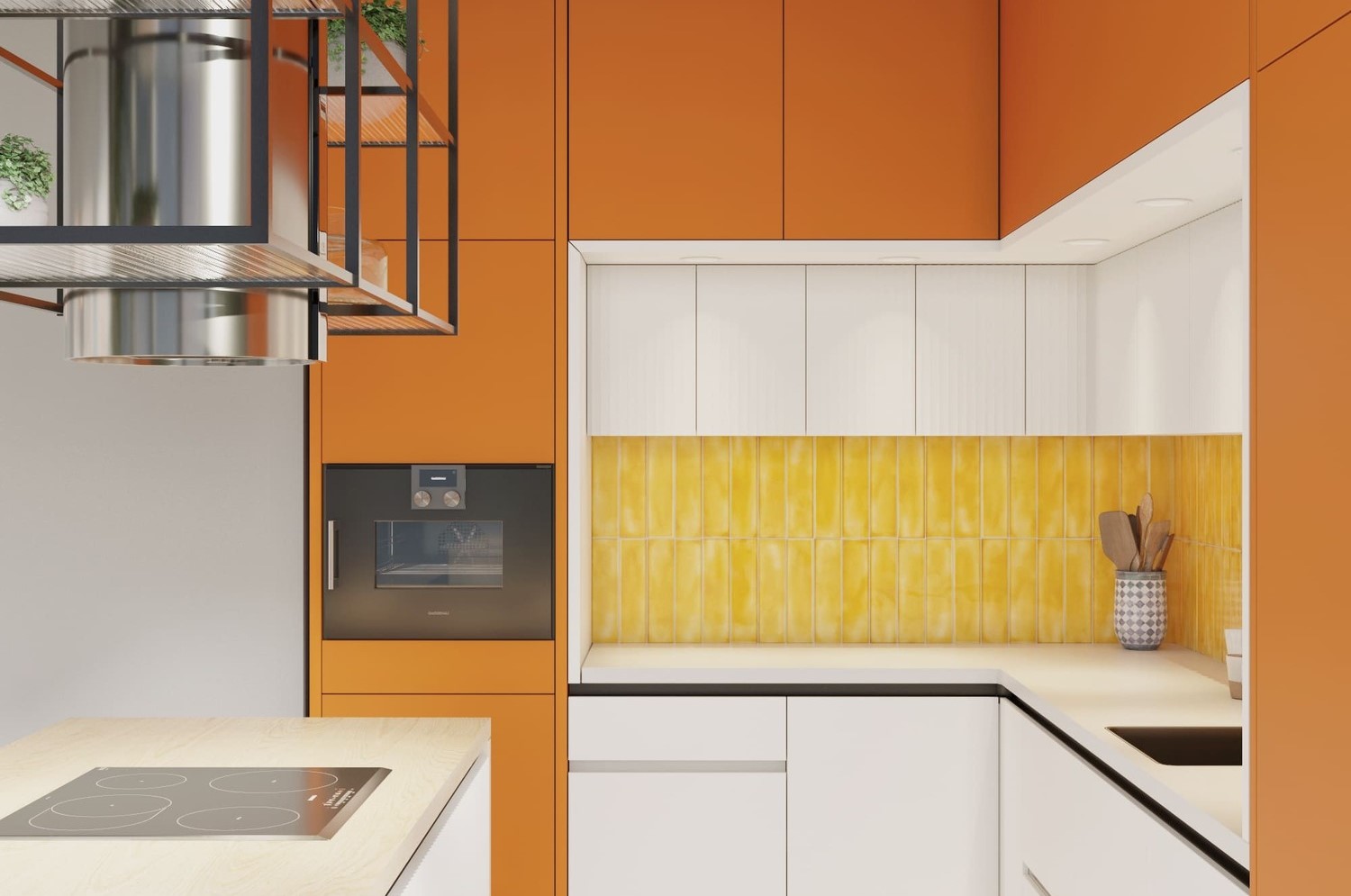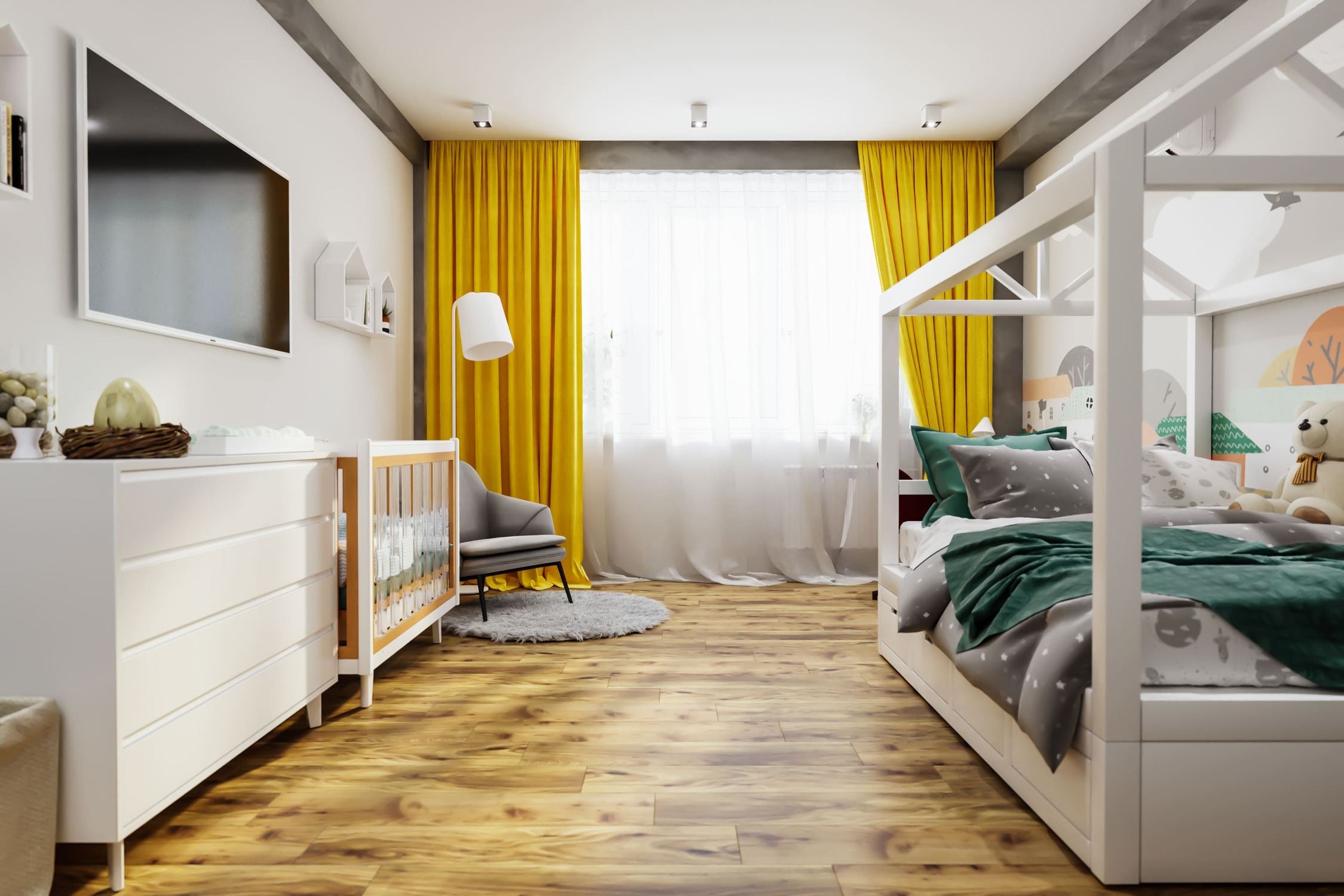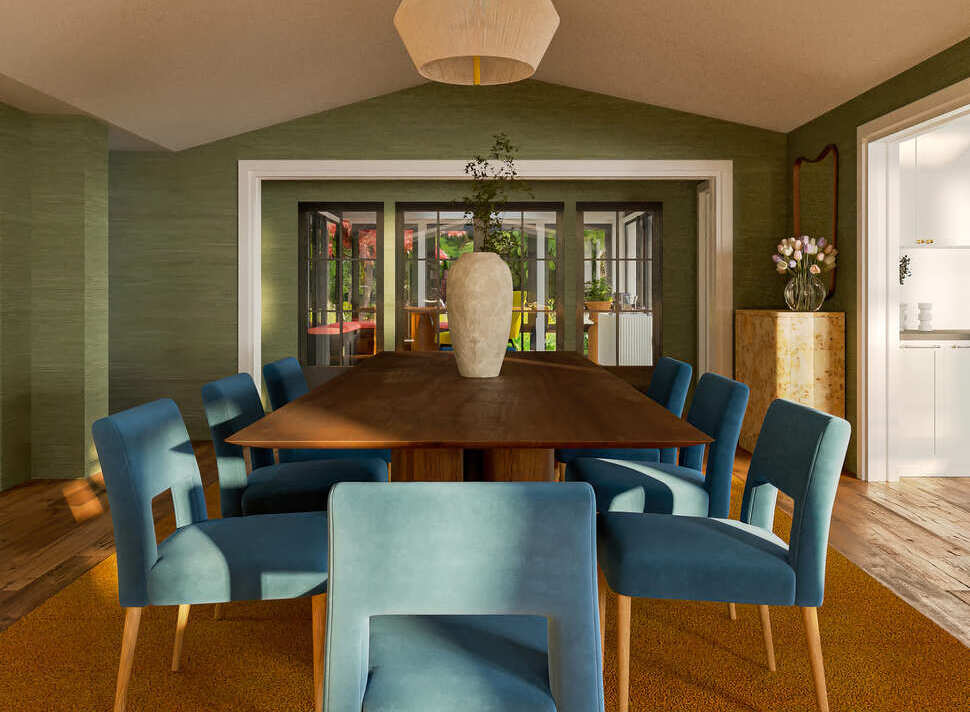360° Product Viewing: A New Standard in Online Shopping
Introduction to 360° Product Viewing
The advent of the 360-degree product viewer marks a significant milestone in the e-commerce and online retail landscape, setting a new benchmark for interactive shopping experiences. This innovative technology allows customers to view a product from every angle, offering a virtual equivalent of holding and inspecting an item in person. The essence of 360° product viewing lies in its ability to provide a comprehensive visual context, enabling consumers to rotate, zoom, and interact with products online as never before. This article explores the multifaceted impact of 360° product views in online shopping, from enhancing user engagement to influencing purchase decisions, and how this technology is becoming an indispensable tool for retailers in the digital age.
Benefits of 360° Product Views for Consumers and Retailers
For consumers, the introduction of 360° product views has revolutionized the online shopping experience by providing a level of detail and interactivity that static images and traditional photography cannot match. This immersive viewing capability empowers customers to make more informed purchasing decisions by offering a better understanding of the product's features, textures, and overall quality. For instance, in the fashion industry, 360° views allow shoppers to observe the intricate details of fabric textures, stitching patterns, and how a garment drapes from various angles, reducing the uncertainty often associated with online apparel shopping.

Image from Yousee Studio
The benefits also extend to retailers, with 360° product views leading to higher conversion rates and a noticeable decrease in return rates. Products showcased with 360° views provide a more accurate representation, aligning customer expectations closely with reality and reducing the likelihood of dissatisfaction. A study conducted by Adobe revealed that products featured with 360° views show a conversion rate increase of up to 30% compared to those without. Furthermore, this enhanced product interaction builds customer trust and loyalty, contributing to a positive brand image and repeat business.
From a technical standpoint, creating 360° product views involves capturing a series of high-definition photographs or renders of a product from multiple angles, which are then stitched together to create a seamless interactive experience. This process requires sophisticated photography and rendering skills and an understanding of user interface design to integrate these views into an online retail environment effectively. The technology behind 360° views includes JavaScript and HTML5, which are used to create responsive viewer applications that work across various devices and platforms, ensuring accessibility for a broad audience.
In addition to improving customer experience, 360° product views offer valuable insights for retailers through data analytics. Interactive features in the viewer can track user interactions, providing data on which aspects of the product customers are most interested in, how long they engage with the view, and at what point they decide to purchase. This data can be instrumental in optimizing product presentations, tailoring marketing strategies, and even informing future product development.
Implementing 360° Views in Online Retail
Implementing 360° views in online retail requires careful planning, sophisticated technology, and a deep understanding of user experience. At the core of this process is creating high-quality 3D models or detailed photographic sequences that represent the product from every conceivable angle. This requires either a photo shoot with a 360° camera setup or advanced 3D modeling software capable of rendering photorealistic images of the product. For instance, in creating 360° views of a piece of furniture, each detail, from the grain of the wood to the texture of the fabric, must be meticulously captured or modeled to ensure the final interactive view is as close to reality as possible.
Once the visual assets are prepared, they are integrated into an interactive viewer that can be embedded on the product's webpage. This viewer, typically developed using web technologies like HTML5, CSS, and JavaScript, allows customers to interact with the product view by clicking and dragging to rotate the product, zooming in for finer details, and even changing product variations in real time. This level of interactivity is supported by frameworks such as Three.js, which facilitates the rendering of 3D objects in a web browser without additional plugins.

Image from Yousee Studio
However, the technical intricacies of creating and embedding 360° views are just one part of the equation. Retailers must also consider the user experience, ensuring that the 360° viewer is intuitive and enhances rather than complicates the shopping process. This involves thoughtful UI/UX design, where the viewer's controls are easy to use, the loading times are minimized, and the product view seamlessly integrates with the rest of the webpage. The goal is to create an immersive experience that encourages interaction without overwhelming the user.
Challenges and Solutions
Despite the clear benefits, adopting 360° product views in online retail is not challenging. One of the primary issues is the technical demand of creating and hosting high-quality 3D models or image sequences. These assets can be significant in file size, potentially slowing down website load times and negatively impacting user experience. To mitigate this, retailers can employ various optimization techniques, such as reducing the resolution of images in the 360° view while ensuring they remain high-quality when zoomed in. Additionally, leveraging progressive loading, where the initial view loads first and additional details are loaded as needed, can help maintain swift page load times.
Another challenge is ensuring the 360° product views are accessible across all devices and platforms. Given the diversity of devices used for online shopping, from smartphones to desktop computers, the 360° viewer must be responsive and functional across different screen sizes and operating systems. This requires rigorous testing and possibly the development of fallback options for devices that cannot support the interactive experience.
User engagement is another consideration. While 360° views offer a more immersive experience, they also require active participation from the user, which may not be immediately intuitive to all visitors. Educating users on interacting with these views through subtle prompts or guided tours can enhance engagement and ensure customers fully utilize this feature.
Lastly, integrating 360° views into the existing e-commerce ecosystem is challenging. This technology must work in harmony with existing online retail platforms, complementing rather than complicating the shopping journey. This integration involves technical compatibility and strategic alignment with the brand's overall digital marketing strategy, ensuring that 360° views contribute to a cohesive and branded online shopping experience.
In addressing these challenges, retailers can unlock the full potential of 360° product views, transforming their online stores into immersive shopping destinations that engage, inform, and convert visitors like never before. As the digital retail landscape continues to evolve, those who successfully navigate these complexities will set new standards for online shopping, offering experiences that closely mirror the tactile and visual richness of in-store browsing.
The Future of 360° Product Viewing
As we look toward the horizon of online retail, the future of 360° product viewing seems not only promising but integral to the next generation of e-commerce experiences. Technological advancements, particularly in 3D imaging, AR (Augmented Reality), and AI (Artificial Intelligence), are set to elevate 360° product views from a novel feature to an essential element of online shopping. The convergence of these technologies will likely result in more interactive, personalized, and immersive shopping experiences that blur the lines between physical and digital retail spaces.
One of the most exciting prospects is integrating 360° views with AR technology, allowing customers to project virtual products into their real-world environment directly from the 360° viewer. This seamless transition from a 360° product view to an AR experience could revolutionize how consumers evaluate products online, offering a "try before you buy" experience previously only possible in physical stores. For example, shoppers looking at a 360° view of a lamp could project it onto their desk at home to see how it fits and illuminates the space, all within the same online shopping session.
Moreover, AI could enhance 360° product views by providing personalized recommendations based on the customer's interaction with the viewer. AI algorithms could analyze how customers interact with a 360° view, such as the angles they inspect most or the features they zoom in on, and suggest similar products or accessories they might like. This level of personalization improves the shopping experience and opens new avenues for upselling and cross-selling.

Image from Yousee Studio
The future of 360° product viewing also promises improvements in accessibility and usability. As web standards and technologies evolve, 360° viewers will become more lightweight, faster to load, and more interactive, ensuring they are accessible to a broader audience, including those with disabilities. UI/UX design innovations will make these viewers more intuitive, ensuring that even first-time users can effortlessly interact with 360° product views.
Sustainability is another area where 360° product views can make a significant impact. By providing a comprehensive online viewing experience, retailers can reduce the need for physical samples and prototypes and decrease product returns, contributing to more sustainable business practices.
In conclusion, 360° product viewing is on the cusp of becoming a new standard in online shopping, propelled by continuous technological innovations and changing consumer expectations. As retailers strive to offer more engaging, informative, and immersive shopping experiences, 360° product views will play a pivotal role in bridging the digital and physical retail gap. Integrating advanced technologies like AR and AI will further enhance these views, offering personalized and interactive experiences that redefine how we shop online. In this new reality, the ability to view products from every angle, in every detail, and within our own spaces will not be just an advantage but an expectation, marking a new era in e-commerce and digital engagement.
Contact us at YouSee Studio for captivating 3D renderings and immersive virtual experiences.
Ray Lisbon is a content writer and the author of this article.



